Wide-angle lenses are incredibly popular for landscape photographers, but they can be very tricky to use. The main problem is that these lenses are so different from the way we normally see the world, which makes it easy to use them incorrectly. Still, wide-angle lenses are one of the most important tools that you have at your disposal, and — used well — they can lead to spectacular photos. This article covers everything you need to know to make the most of your wide-angle lens.
1) Exaggerating Perspective
If you’ve never used a wide-angle lens before, the first thing you’ll notice is their exaggerated perspective on the world.
You already know that you can increase the size of nearby objects if you move closer to them. Wide-angle lenses, though, are so wide that they let you get incredibly close to your subject and still fit it all in your photo.
As we have covered before, the actual perspective of your photos doesn’t actually depend upon your lens — it only depends upon your distance to a subject. However, wide-angle lenses appear to change your perspective more than other lenses, since they let you get much closer than normal to the things that you’re photographing.
This exaggerated perspective is a double-edged sword. On one hand, it means that the foreground of your photo will be incredibly large and detailed. Personally, I love photographing sand dunes, and wide-angle lenses are perfect for showing the crazy lines all around me. A lot of people also love using wide-angle lenses to photograph waves that have washed ashore, or any other interesting foreground objects.
There is a problem with the apparent exaggeration in perspective from a wide-angle lens. Although nearby objects appear huge and detailed, everything in the distance shrinks tremendously. If you’re photographing mountains, for example, they may end up looking tiny and insignificant if you use a wide-angle lens.
This is the main problem that people run into when they use a wide-angle lens for landscape photography. Yes, wide-angle lenses increase the size of your foreground, but this comes at the expense of your background. I almost never use a wide-angle lens to photograph mountains, unless I am incredibly close to them, because they simply appear insignificant in the photo.
Take a look at the comparison below. The first photo was taken with a 20mm lens, and the distant mountain appears almost completely insignificant. The second photo was taken with a 70mm lens, which is much more successful.
20mm photo:
Here’s the final photo, taken at 70mm:
This brings up another point: you need to have an interesting foreground if it’s going to be exaggerated so much. Clearly, the foreground in the first photo is very boring. It’s mostly just a clump of grasses and a few rocks, and it certainly isn’t important enough to take up half the photo.
Still, despite these problems, wide-angle lenses are great for a lot of landscape photography. If you have a good foreground, they can make your photo feel three-dimensional, as if your viewer can walk into a scene. This isn’t usually true for telephoto lenses, which tend to be best for photographing distant landscapes.
2) A Sweeping View
A lot of people will say that you shouldn’t use a wide-angle lens as a way to “fit everything in” a photo. I respectfully disagree.
Sometimes, if you have an incredible scene that sweeps across the landscape, the only way to capture it all is to use a wide-angle lens (or stitch a panorama from a telephoto lens). Obviously, you still need to watch out for your foreground and background, but that is always the case.
I find that this is particularly true when there are interesting clouds overhead. If you want to show all the crazy clouds in a landscape — along with the landscape itself — a wide-angle lens is your best bet.
When I was in Yellowstone one morning, the entire sky turned incredible colors. It was essentially a rainbow overhead, and I knew that I wanted to get as much of it as possible in my photo. So, naturally, I used a wide-angle lens.
Since I was standing on a hill, this photo hardly even has a foreground. But, exaggerating the foreground wasn’t my purpose with this photo! Instead, I wanted to show the sweeping view of the scene — I wanted to fit everything in the photo.
Of course, I see where people are coming from when they warn against using a wide-angle lens like this. A lot of beginners arrive at a beautiful landscape, then use the widest lens they have simply to capture as much of it as possible. Then, they arrive home with a lot of empty nothingness in their images and wonder what went wrong.
When you’re using a wide angle lens, the hardest part about composition is making sure that there is something interesting in every part of the photo. In many landscapes, your widest lens will fill most of the frame with grass and an empty sky. A photo like this probably won’t be very powerful.
Here’s a good rule of thumb: the only time that you should use a wide-angle lens to fit everything in is when there are so many incredible things that every part of the photo does have something interesting. That was the case when I visited Yellowstone, but it is rarer than you may think.
3) Negative Space
Another way to use wide-angle lenses is to create a photo that has a lot of negative space.
What is negative space? In photography, negative space is the part of a photo that doesn’t attract much attention. If your photo has a small tree surrounded by a blank canvas of snow, it is said to have a lot of negative space.
Wide-angle lenses do a good job of introducing negative space to your photo — often when this isn’t your goal. If you want to show the beauty of a distant mountain, you probably don’t want 3/4 of the photo to be filled with empty sky that no one looks at.
However, for some photos, negative space is an incredibly powerful tool. It makes your subject stand out, surrounded by a field of emptiness. At the same time, negative space carries an air of loneliness to a photo. If you are trying to show the smallness of your subject in the world, negative space is a great way to do so. In the photo below, that’s exactly what I was trying to do:
Of course, for landscape photography, this isn’t often your goal. Too much negative space can make a photo feel empty, which only works if you are specifically going for that kind of effect.
In fact, a lot of times, negative space is the main problem with a photo from wide-angle lenses. If you are trying to show the sweeping beauty of a scene, it can be a problem if the photo seems desolate and empty.
As always, it depends upon the specific photo that you are taking. Maybe you want to show the emptiness of a desert scene, in which case negative space is exactly what you want. But, if you are trying to show the beauty and drama of a distant scene, negative space takes viewers away from the action.
4) Conclusion
Wide-angle lenses are some of the most popular tools for landscape photography, and with good reason. Because they let you get so close to your subject, you can exaggerate the size of a beautiful foreground and create a photo that feels three-dimensional. Plus, if you’re photographing a sweeping viewpoint filled with beautiful subjects, a wide-angle lens can be the best way to capture it all.
Wide-angle lenses aren’t exactly easy to use. They tend to add a lot of negative space to your compositions, which isn’t always desirable. At the same time, they shrink the size of your background relative to the rest of the image, diminishing its importance. Because wide-angle lenses are so different from our normal perspective on the world, a lot of photographers end up using theirs incorrectly.
If you can work around these problems, though, wide-angle lenses will become a crucial part of your arsenal. I use mine more than any other lens for landscape photography, and I’ve always been happy with the photos that it helps me take. Plus, the more you use your wide-angle lens, the better you’ll get at it. There is a reason why these lenses have gained such strong reputations in the world of landscape photography — they let you capture the world in a very interesting way.
The post How to Use Wide Angle Lenses appeared first on Photography Life.
from Photography Life https://photographylife.com/how-to-use-wide-angle-lenses
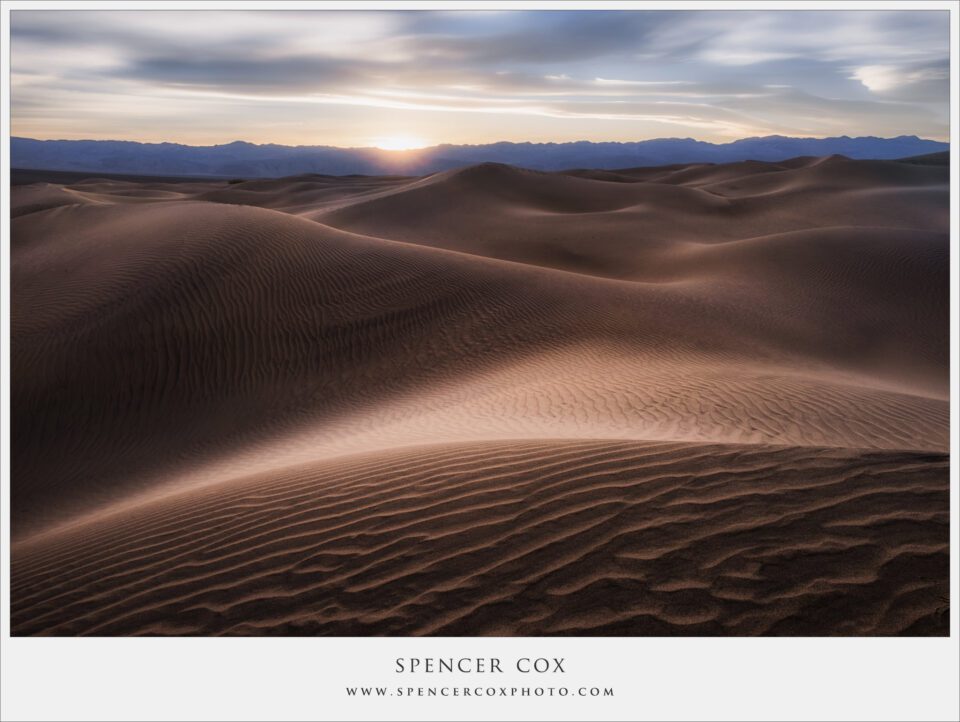

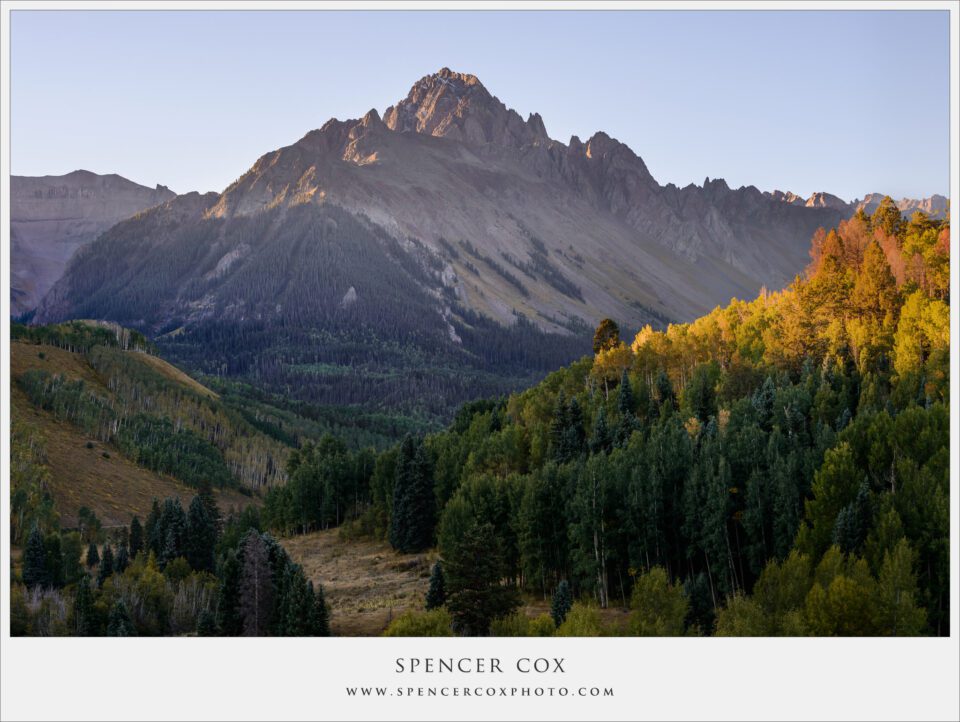
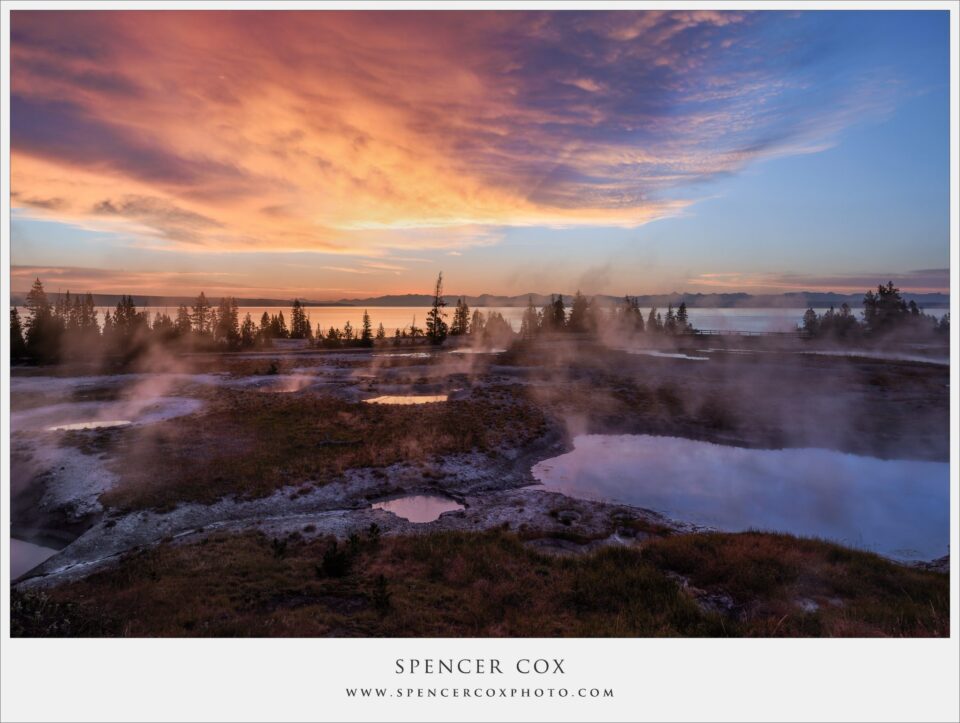
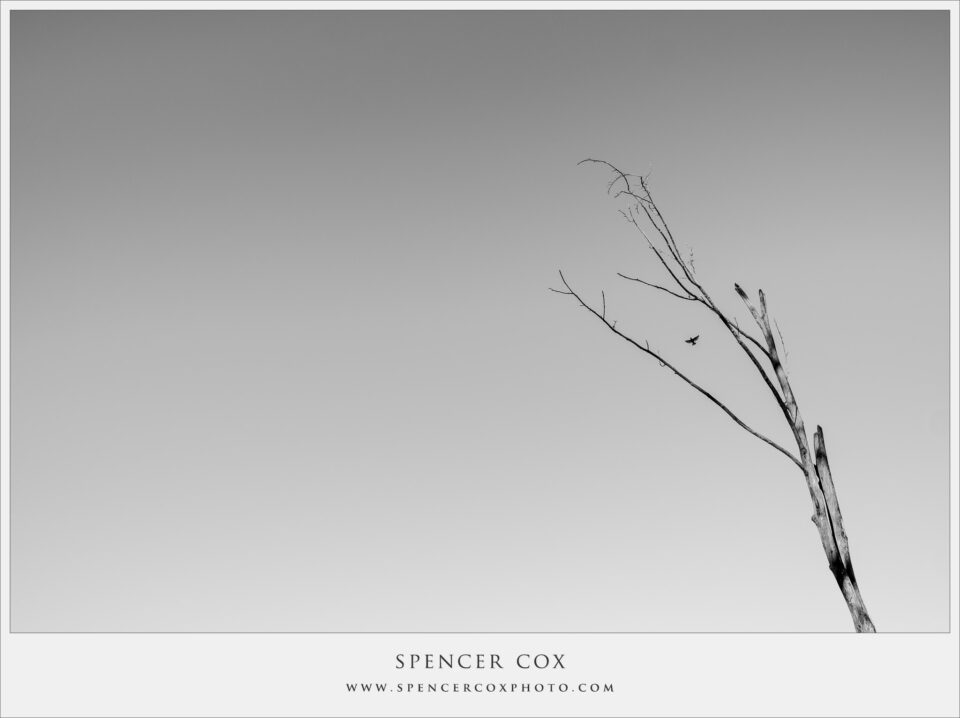
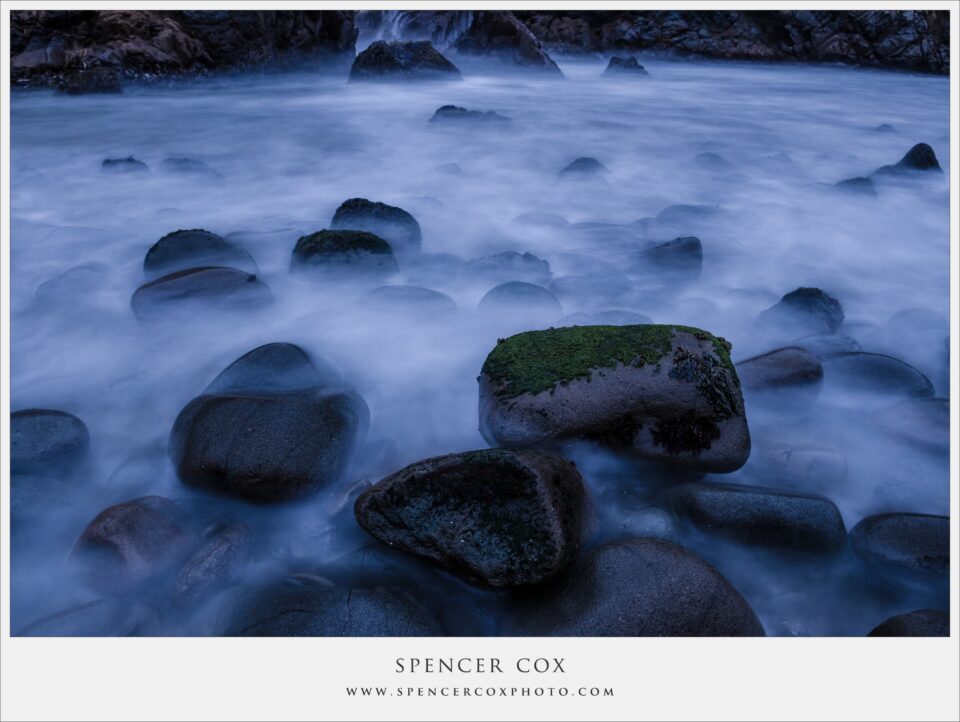
No comments:
Post a Comment